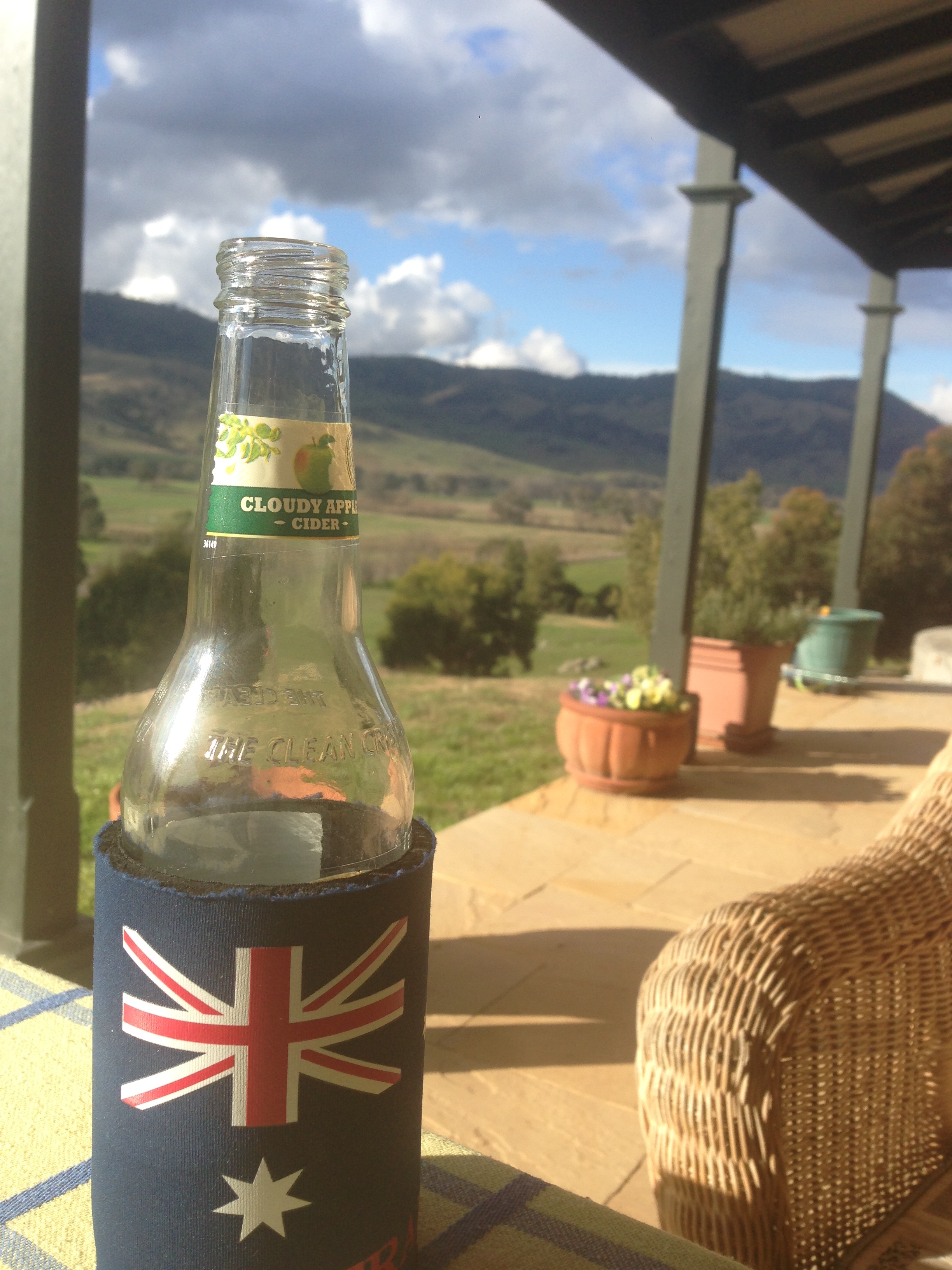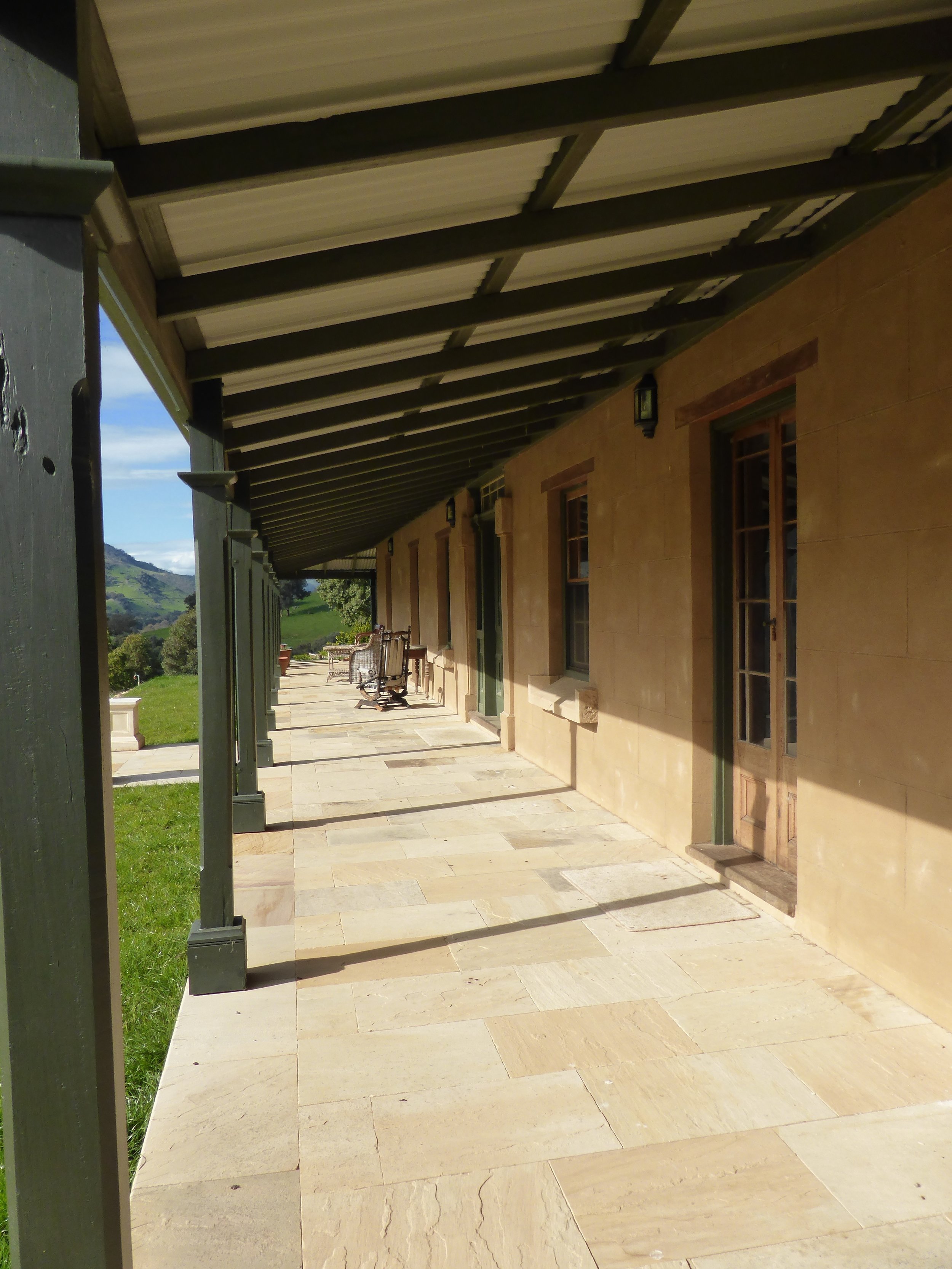I was commissioned earlier this year to paint a bridal bouquet as the wedding gift from her maid of honour. It was a large painting full of challenges including exotic frilly white flowers, working from photographs and potential composition issues. Lucky I like a challenge.
It was quite a large bouquet and the finished painting is probably slightly larger than life. I was supplied with the photos as the nuptials took place interstate. This meant compositionally I had to make decisions based on the best pictures supplied and create the composition by combining several images.
Initially I toyed with the idea of a background but as it progressed I abandoned that idea because there was so much going on in the bouquet it just didn't need a background. I liked the simple elegance of presenting just the beautiful bouquet of flowers.
So the first challenge was getting the drawing and composition set. The final picture became a melding of the two images above, with only a few adjustments along the way to make the composition work for me. On consultation with my client we decided to leave out the trailing flowers to keep to a squarer image.
I took photos along the way to show the progression of the painting. I am pleased with the the finished picture and learned heaps from the job. I hope the bride enjoys it as a lasting memory of her big day.




















